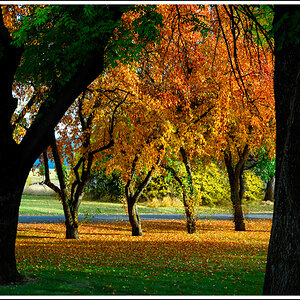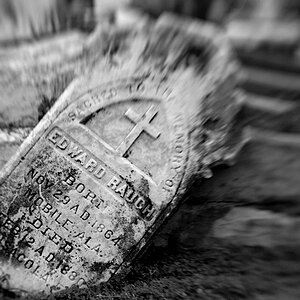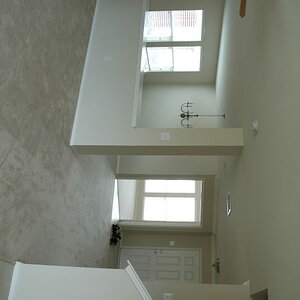darich
No longer a newbie, moving up!
- Joined
- Jan 22, 2005
- Messages
- 1,230
- Reaction score
- 1
- Location
- Near Lanark, Scotland
- Website
- www.darich.co.uk
- Can others edit my Photos
- Photos NOT OK to edit
I recently changed from a 20D with a 1.6 crop factor to a 5D with no crop factor.
I tried my 24-70mm lens on each camera taking a shot in the garden at the 24mm end to see the comparison.
There is no doubt that the 5D has a much wider angle of view and therefore no crop factor.
I tried my 24-70mm lens on each camera taking a shot in the garden at the 24mm end to see the comparison.
There is no doubt that the 5D has a much wider angle of view and therefore no crop factor.


![[No title]](/data/xfmg/thumbnail/41/41490-6af71315284539e04ae1878cda0d613f.jpg?1619739818)

![[No title]](/data/xfmg/thumbnail/40/40312-7470c3c8f9e3a40e6b44c423096f188d.jpg?1619739414)
![[No title]](/data/xfmg/thumbnail/41/41900-d02b27da6248f10da25edf2413570222.jpg?1619739936)
![[No title]](/data/xfmg/thumbnail/40/40309-c759bfd4ae7c079632e7402d21d332f1.jpg?1619739414)
![[No title]](/data/xfmg/thumbnail/39/39438-1eb8b5f82b59d9d0c72ae9025778ed4c.jpg?1619739032)

